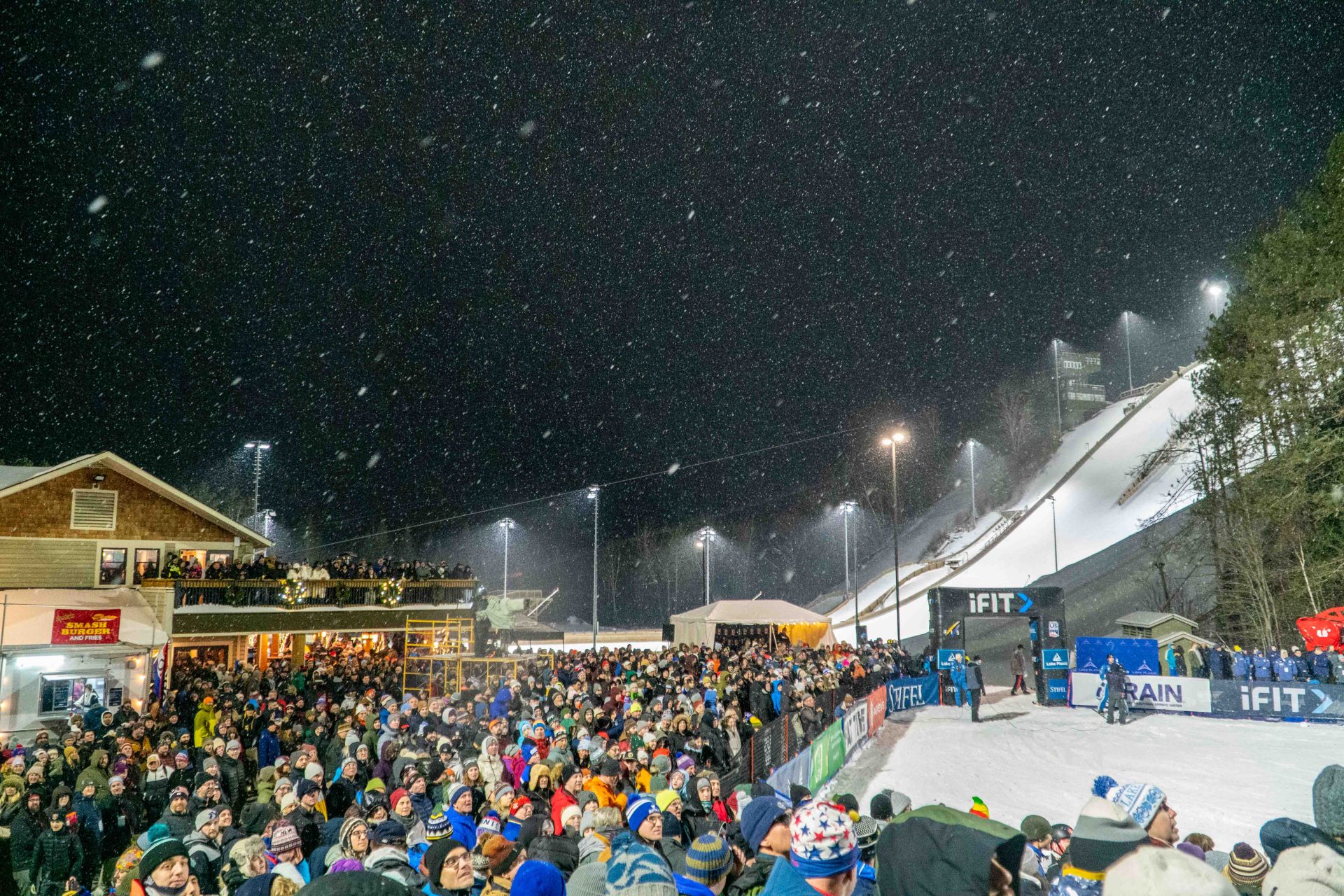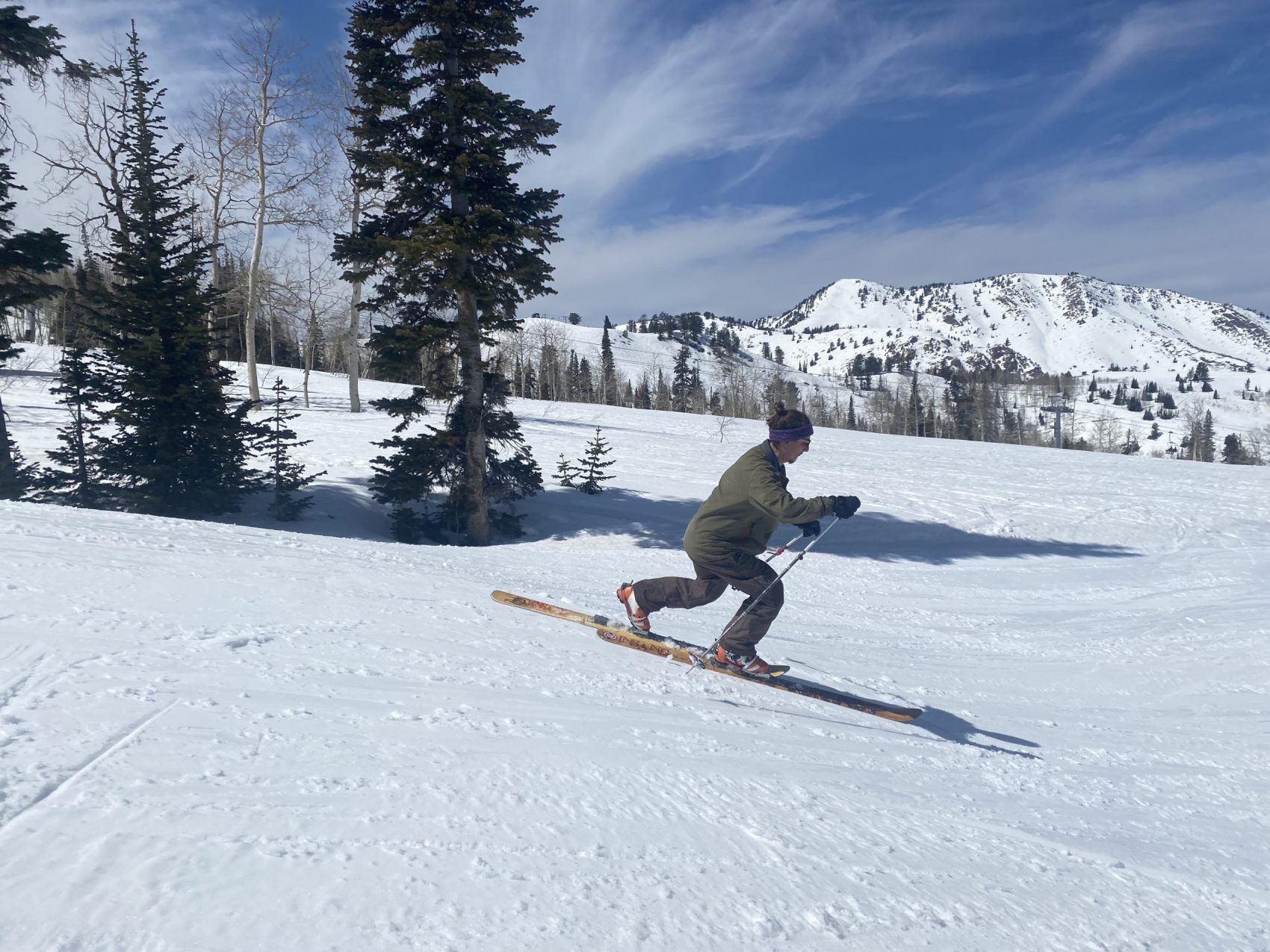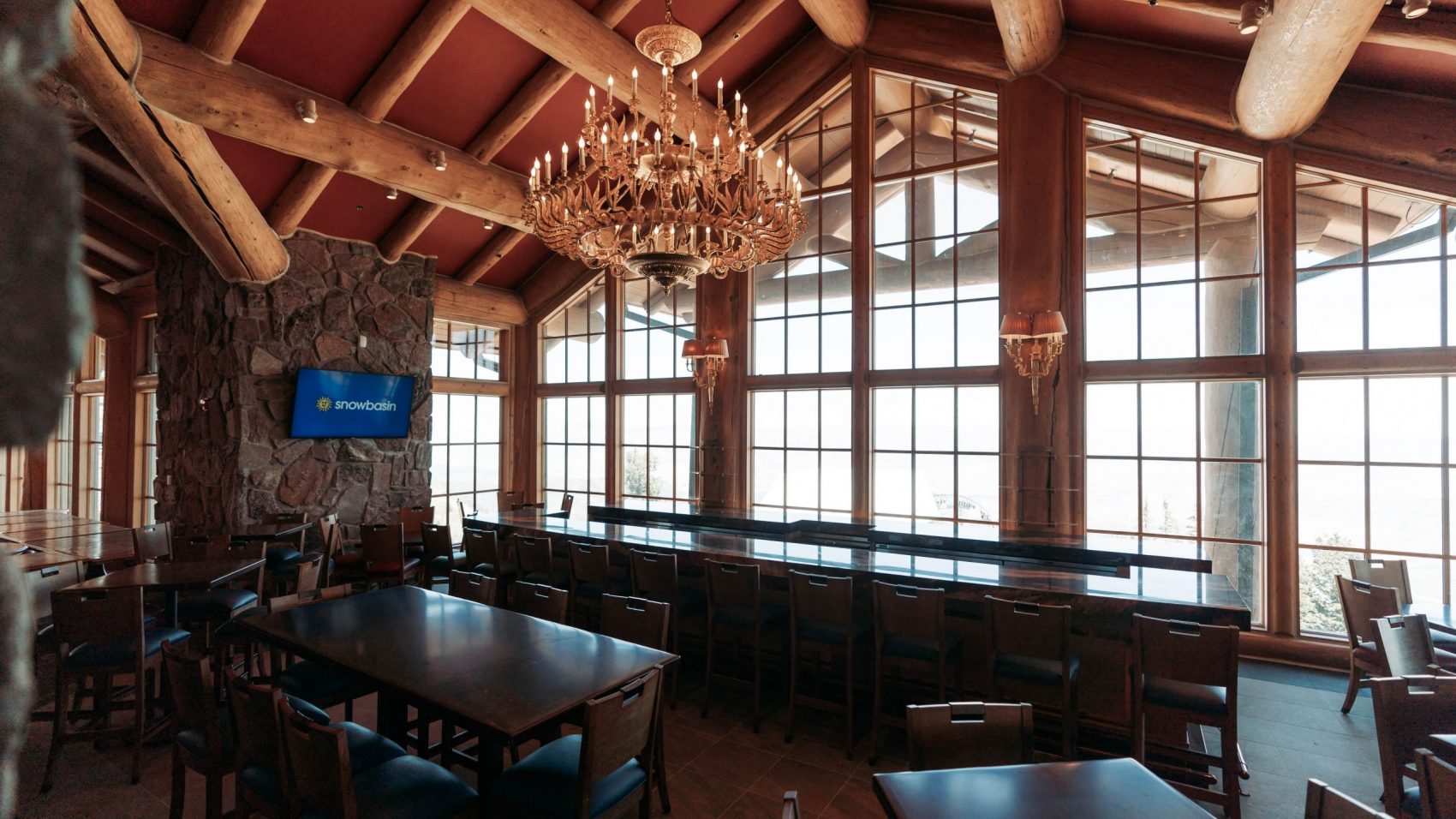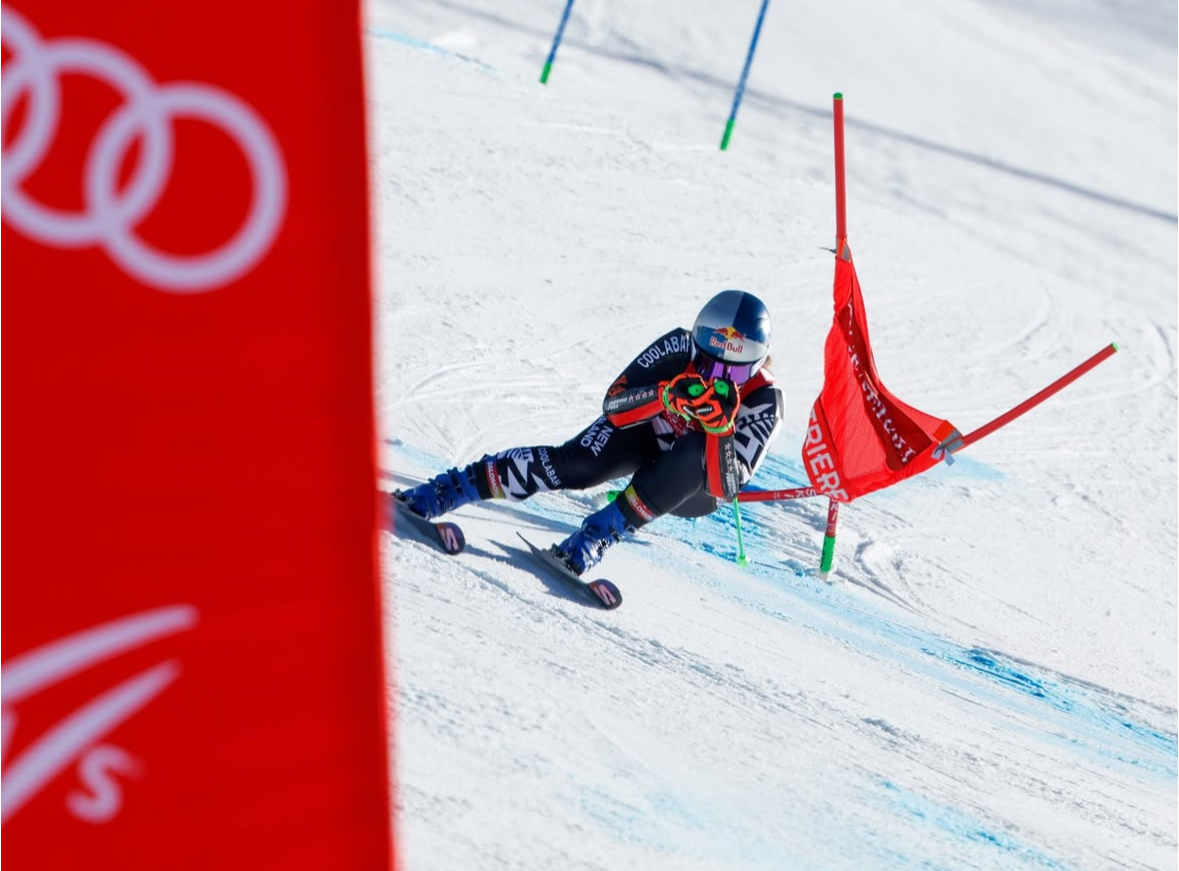
Recently, during the FIS Spring Meetings in Vilamoura, Portugal, the Alpine Skiing Committee outlined plans for the upcoming 2025-26 race season.
Athlete safety is a top priority for the International Ski and Snowboard Federation (FIS), leading to the introduction of several updated rules aimed at enhancing protective standards in Alpine Ski racing. These changes were developed through comprehensive research, collaboration with stakeholders, and thorough testing alongside National Ski Associations (NSAs), Ski Racing Suppliers (SRS), and equipment specialists.
Below are some of the proposed safety measures.
Expansion of Mandatory Airbags to All FIS Speed Races
For the last season, FIS introduced mandatory airbags for World Cup athletes at Downhill and Super G events. For the 2025-26 season, this rule is extended to Continental Cup levels as of October 1. These airbags, adapted from MotoGP technology, are designed to deploy before impact and primarily protect the torso. The system has proven reliable after extensive testing with over 7,000 runs and 300 crash simulations, with 210 deployments during races and training. The extension of this rule to Continental Cups means that Europa Cup, NorAm, Far-East Cup, and ANC racers will have to wear back protectors with airbag technology.

Cut-Resistant Undergarments Now Required
Due to the high risk of laceration injuries caused by sharp ski edges, FIS has introduced a new safety measure requiring all athletes to wear cut-resistant undergarments during World Cup and Continental Cup races starting in the 2025-26 season. This decision, first suggested during the FIS Spring Meetings in Portorož, Slovenia, in May 2024, reflects the organization’s commitment to minimizing injury risks on the slopes. By mandating this protective gear, FIS aims to better safeguard athletes from severe cuts and abrasions, particularly during high-speed events where collisions with ski edges are more likely.
Restriction on External Devices for Shin Protection
FIS has implemented a new regulation prohibiting the use of hard shin protectors that extend beyond the ski boot. Extensive research has shown that these rigid devices can interfere with the natural function of the ski boot, altering its behavior and potentially increasing safety risks during competition. To address this issue, the FIS now mandates that only soft padding, which must be fully enclosed within the ski boot, is permitted. This type of protective gear is designed to minimize the risk of injury without compromising the anatomical shape of the skier’s leg or the performance of the ski boot itself.
All proposed changes will be reviewed for final approval by the FIS Council in June.
2025-26 Audi FIS Ski World Cup Calendar Highlights
The 2025-26 FIS Alpine World Cup season will include 37 races for both men and women, taking place before and after the Milano-Cortina 2026 Olympic Winter Games. As is tradition, the season will kick off with Giant Slalom races in Sölden, Austria, scheduled for the weekend of October 25-26.
This season marks the return of Copper Mountain, Colorado, to the FIS Alpine Skiing World Cup calendar after decades of absence, filling in for Killington while it undergoes a lift upgrade. Copper Mountain will host its first-ever World Cup men’s Super G on Thanksgiving Day, November 27, followed by a Giant Slalom the next day. This will be the first men’s race at Copper Mountain since 1976. Women will also return to Copper Mountain after a 24-year break, with a Giant Slalom on Saturday, November 29, and a Slalom on Sunday.
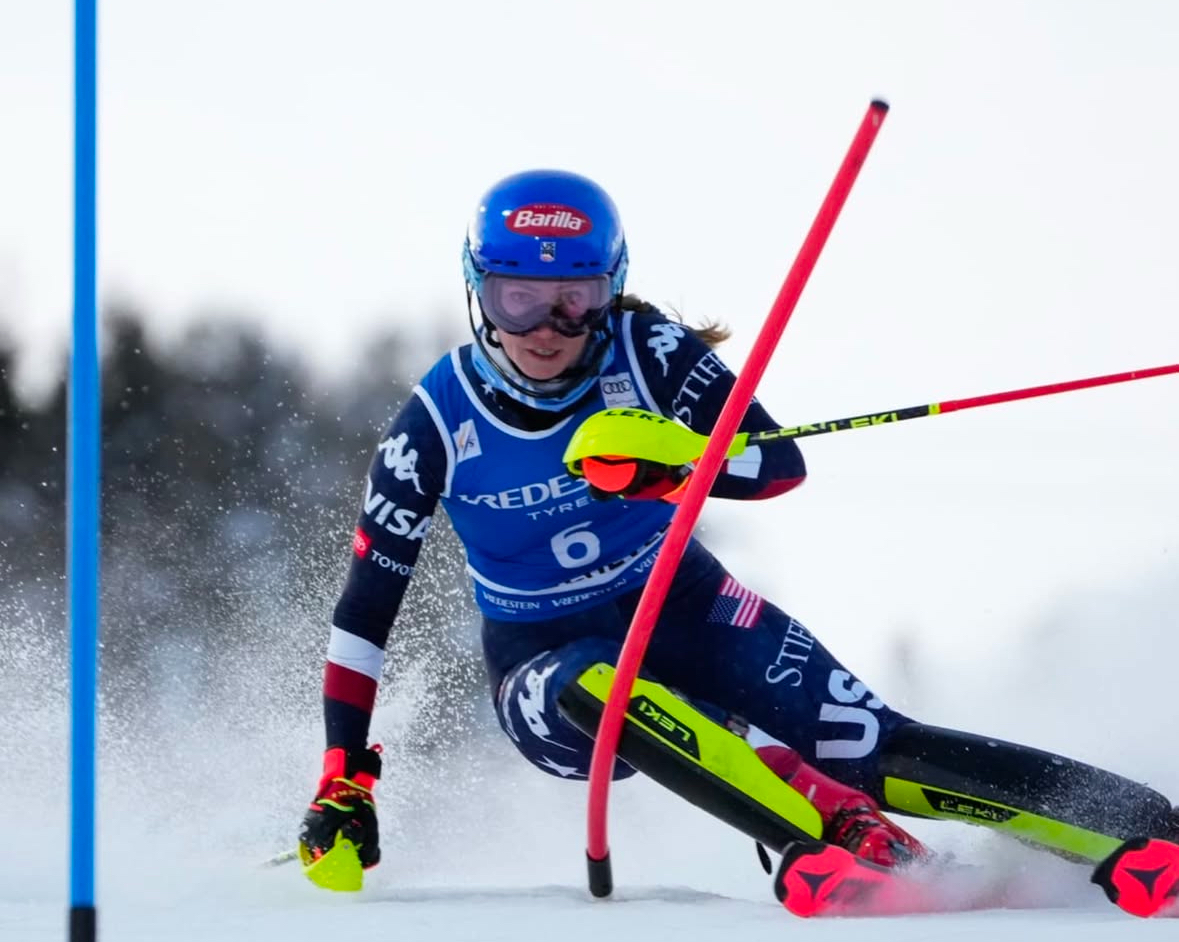
In December, the women will compete once again at Val d’Isere, France, after missing the venue for one season. January will introduce two new stops on the tour: Tarvisio, Italy, hosting speed events on January 17-18, followed by technical races at Špindlerův Mlýn, Czech Republic, the next weekend.
At the end of January, Crans-Montana, Switzerland, will hold test events ahead of the 2027 FIS Alpine Ski World Championships. Typically, the World Championship host venue stages the previous season’s World Cup Finals, but these events have been moved later to reduce climate risks and ensure better snow conditions before the Olympic break. The test events will feature two women’s speed races and a men’s Super G.
The season will conclude with the 2025-26 FIS World Cup Finals in Lillehammer, Norway. The technical events will be hosted at Hafjell, while the speed races will take place at Kvitfjell.
As the FIS Alpine World Cup season approaches, the newly proposed safety measures and an exciting race calendar reflect the sport’s commitment to athlete protection and competitive excellence. With innovative gear requirements and a dynamic lineup of events, the 2025-26 season promises to showcase the best of Alpine Ski racing while prioritizing the well-being of the athletes. Fans and competitors alike can look forward to a thrilling and safer season ahead.
